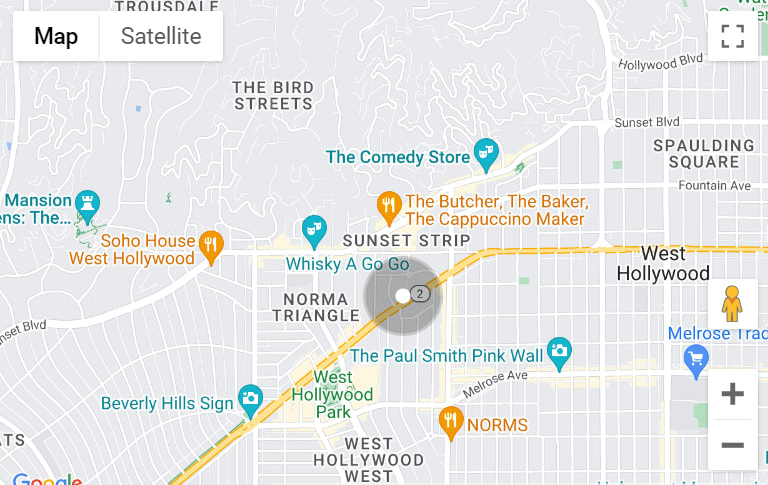Marin County Real Estate
Updated Market & Census Statistics, Home Prices & Appreciation Rates, Luxury Home Sales, Price Reductions, Employment & Interest Rates
October 2019 Report
It will be another month before hard data on the autumn selling season begins to become available. In the meantime, below is a review of market trends and statistics through the third quarter. Note that September sales data mostly reflects market activity in August, a historically slow month.
Year-over-Year Q3 Comparisons -
Year-over-Year Q3 Comparisons -
Q3 2016 - Q3 2019
Year-over-year, from Q3 2018 to Q3 2019, there were relatively small signs of market softening, but the major indicators were generally stable.


Median House Sales Prices & Year-over-Year Quarterly Appreciation Rates

The first 3 quarters of the year have seen a shift from the year-over-year home-price appreciation rates of recent prior years, though the slight declines in Q2 and Q3 2019 can probably be considered statistically insignificant.

Home Sales by Price Segment & Bedroom Count
Novato and San Rafael are by far the 2 biggest markets in Marin, and they dominate the numbers behind the tallest columns - illustrating lower home prices - on the left side of the chart below. Smaller, more expensive markets in Central and Southern Marin are mostly reflected in the shorter, higher price columns farther to the right.


Updated Marin County Statistics
Underlying the real estate market are the changing details and circumstances of its population. At the end of September, the U.S. Census released its 2018 American Community Survey 1-year data estimates for a broad range of economic, social and demographic statistics. Below is a selection of survey insights into our community, plus 2 or 3 statistics from other sources. (You may want to expand this slide for easier reading.)


Luxury Home Sales
Luxury home sales in Marin peaked in Q2 2018, at least for the time being - a dynamic in some of the other Bay Area counties as well. Perhaps because of the multiple IPOs occurring in San Francisco in 2019, high-price home sales continued to increase in the city.


Selected Market Indicators by Quarter
Quarterly home sales volumes have remained relatively stable in Marin, while some other Bay Area counties have seen noticeable declines. In mid-November, market activity will begin to slow way down until picking up again in the new year. Of course, sales occur in every month of the year, and indeed, slower periods can be advantageous to buyers since competition for listings plunges.


Many of the following statistics indicate that the Marin market hit peak heat in Q2 2018, which is also the quarter in which the median house sales price hit its most recent high (as seen in the chart earlier in this report).


October 2018 saw a large spike in listings reducing price as sellers of unsold homes tried to recapture the attention of buyers before the winter holiday slowdown. It is too early to know if this autumn will experience a similar spike.


These next 2 charts calculate statistics on home sales up to a price of $3 million - the great majority of sales - so the numbers are slightly different from those in the table at the beginning of this report (which looked at all sales). Looking at statistics from different angles sometimes delivers additional insights. In these cases, it reveals that luxury home sales typically raise days on market figures and lower sales price to list price percentages. Higher-price homes usually have softer market dynamics.



Marin Employment Trends since 2000
Unsurprisingly, there is a strong correlation between employment and home price appreciation. However, because of the extremely low rate of population growth in the county, and the fact that Marin typically has among the lowest unemployment rates in the Bay Area (and country), employment numbers can only go so high. Some other local counties have seen dramatic, historic highs in both population numbers and jobs since the latest high-tech boom began, putting more pressure on their housing markets over the past 7 years.


Mortgage Interest Rates
A year ago, many experts predicted that interest rates in 2019 would average in the 5.5% range, but they plummeted instead, a major dynamic in this year’s market. Buyers who financed their purchases generally saw big drops in homeownership costs as compared to late 2018. Historically, it has been very difficult to predict interest rate movements.


Share:
